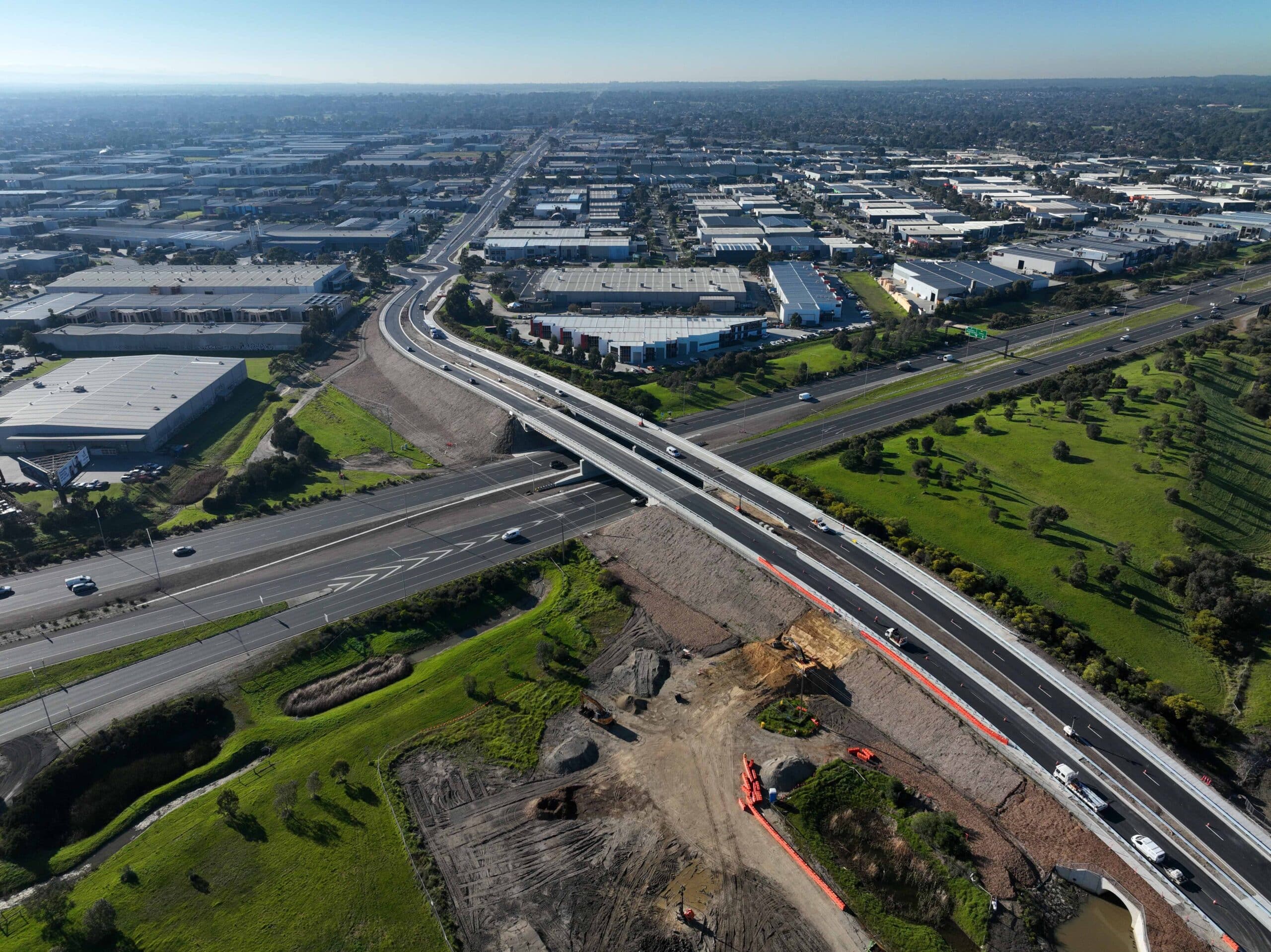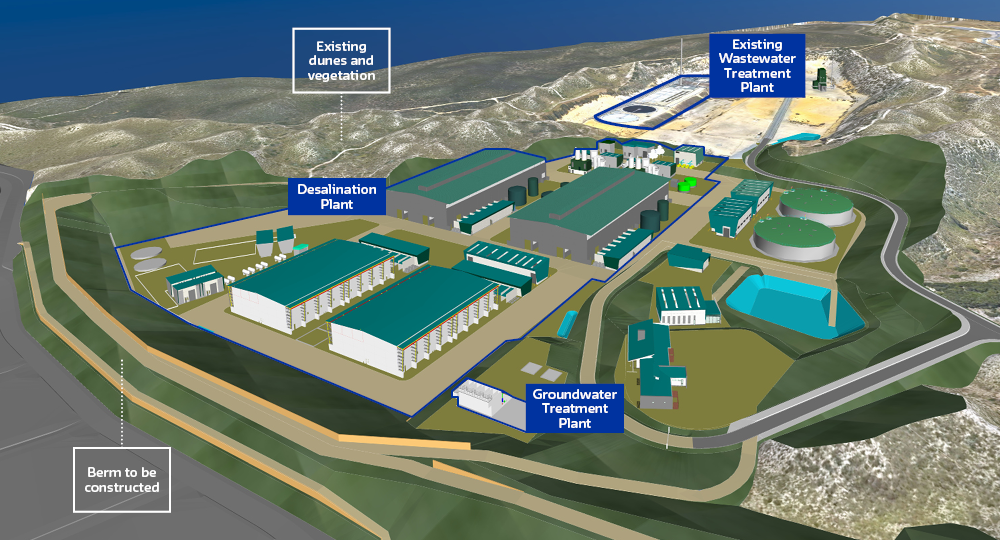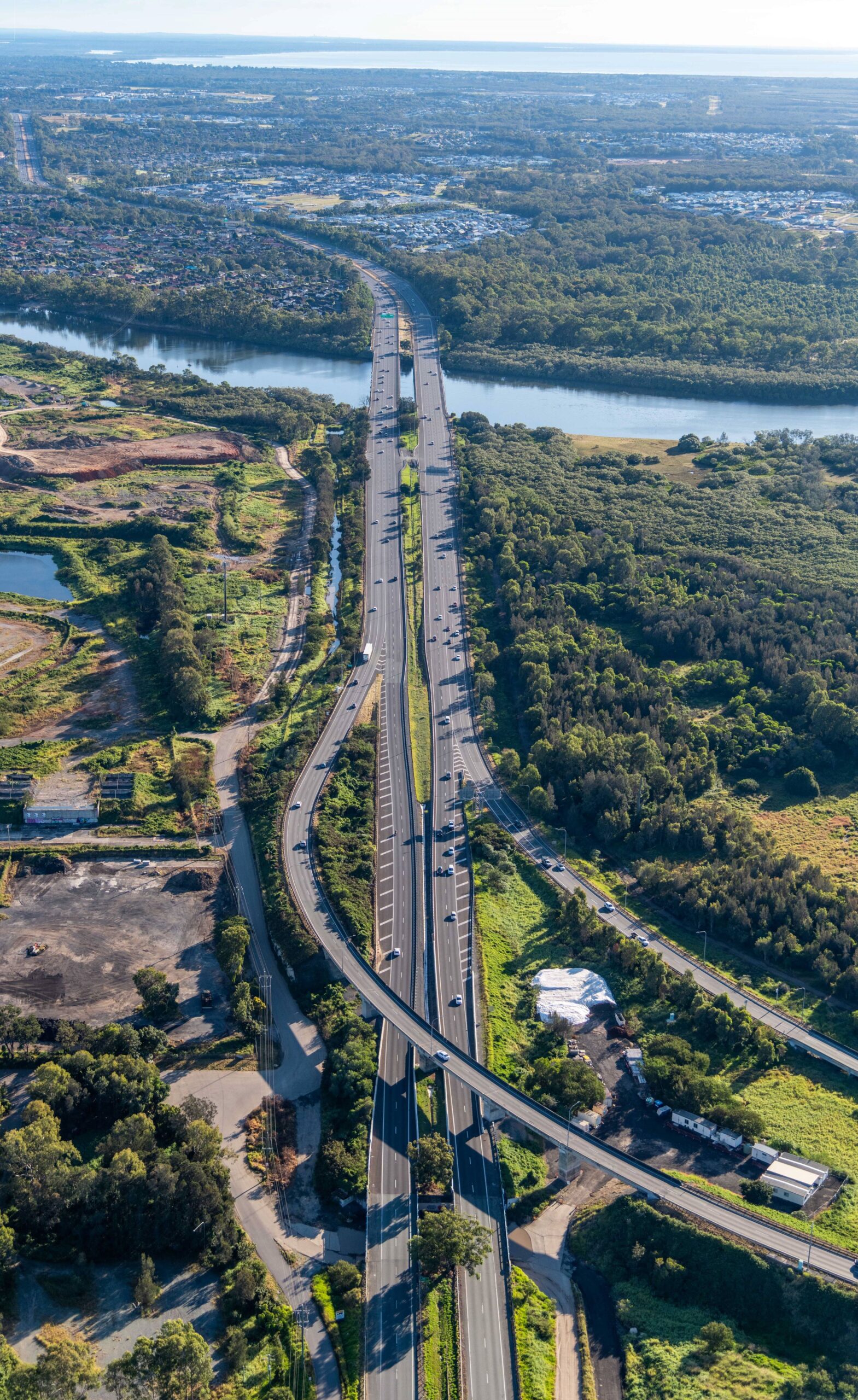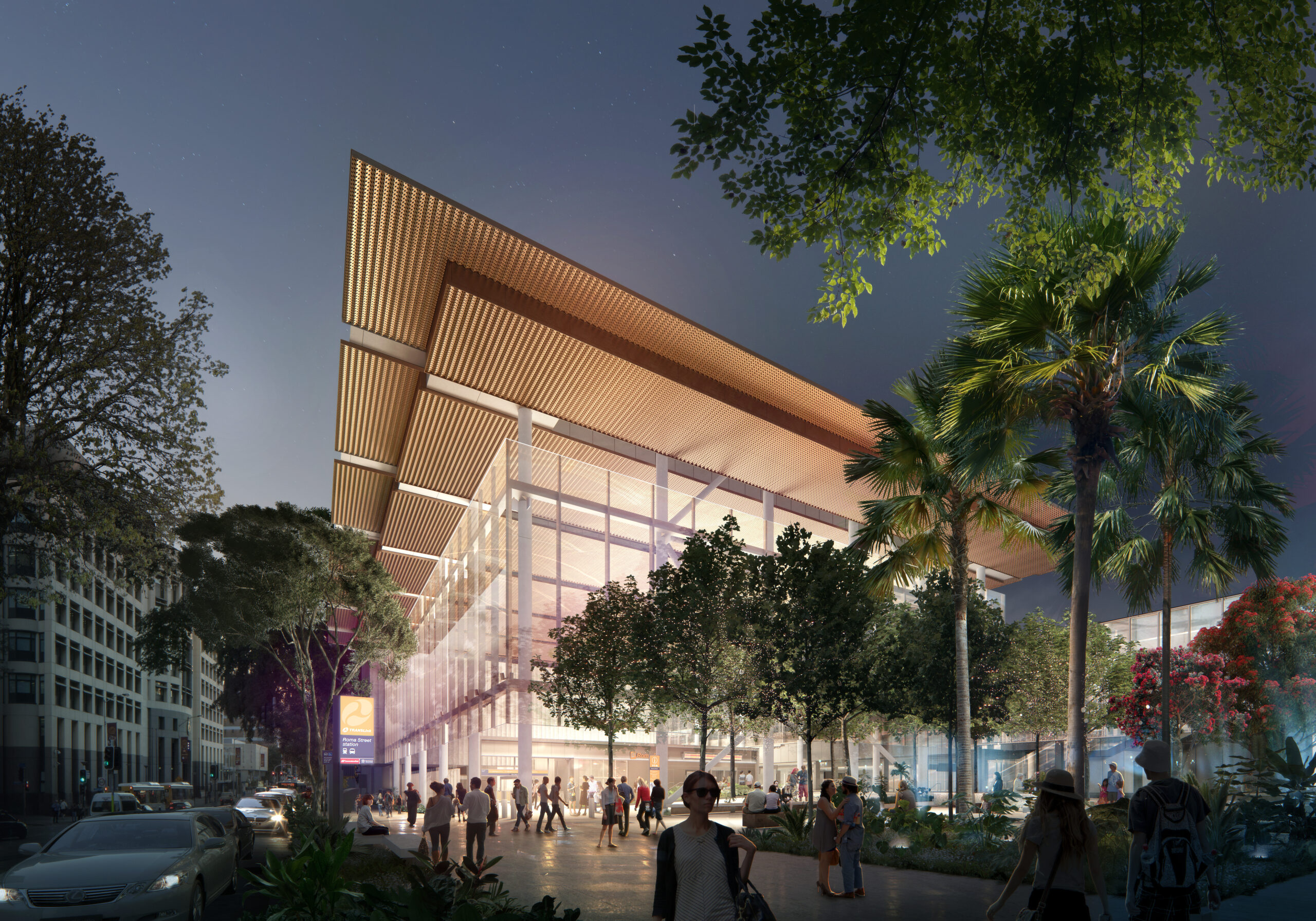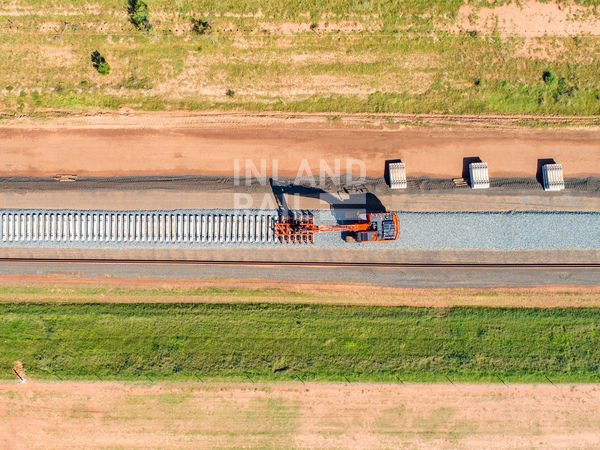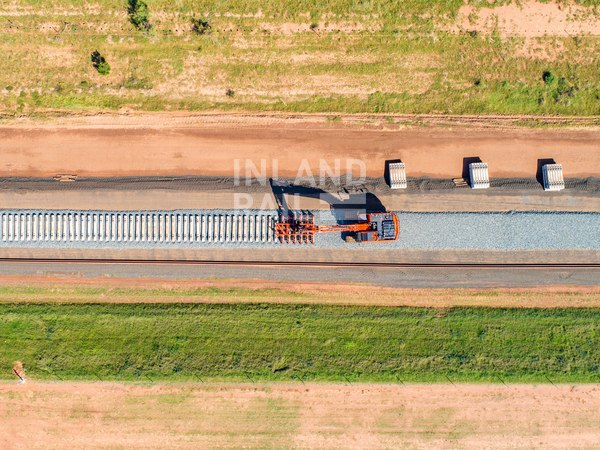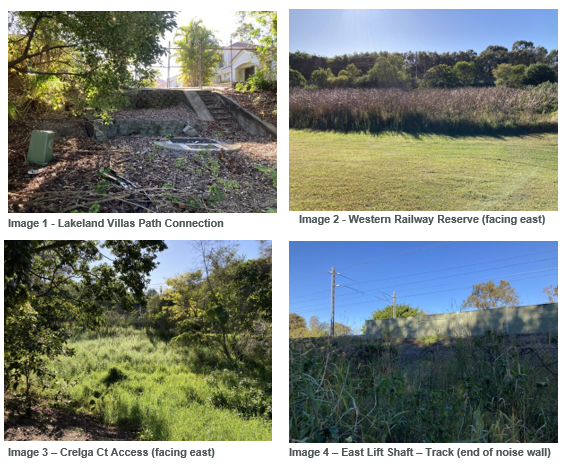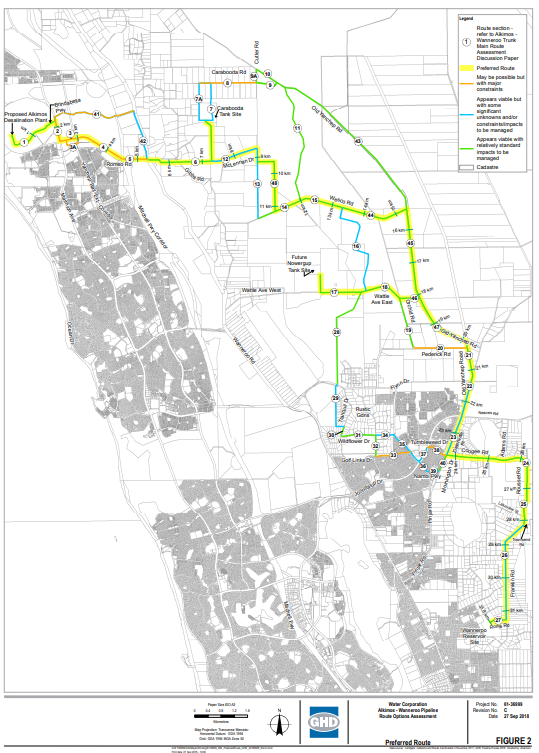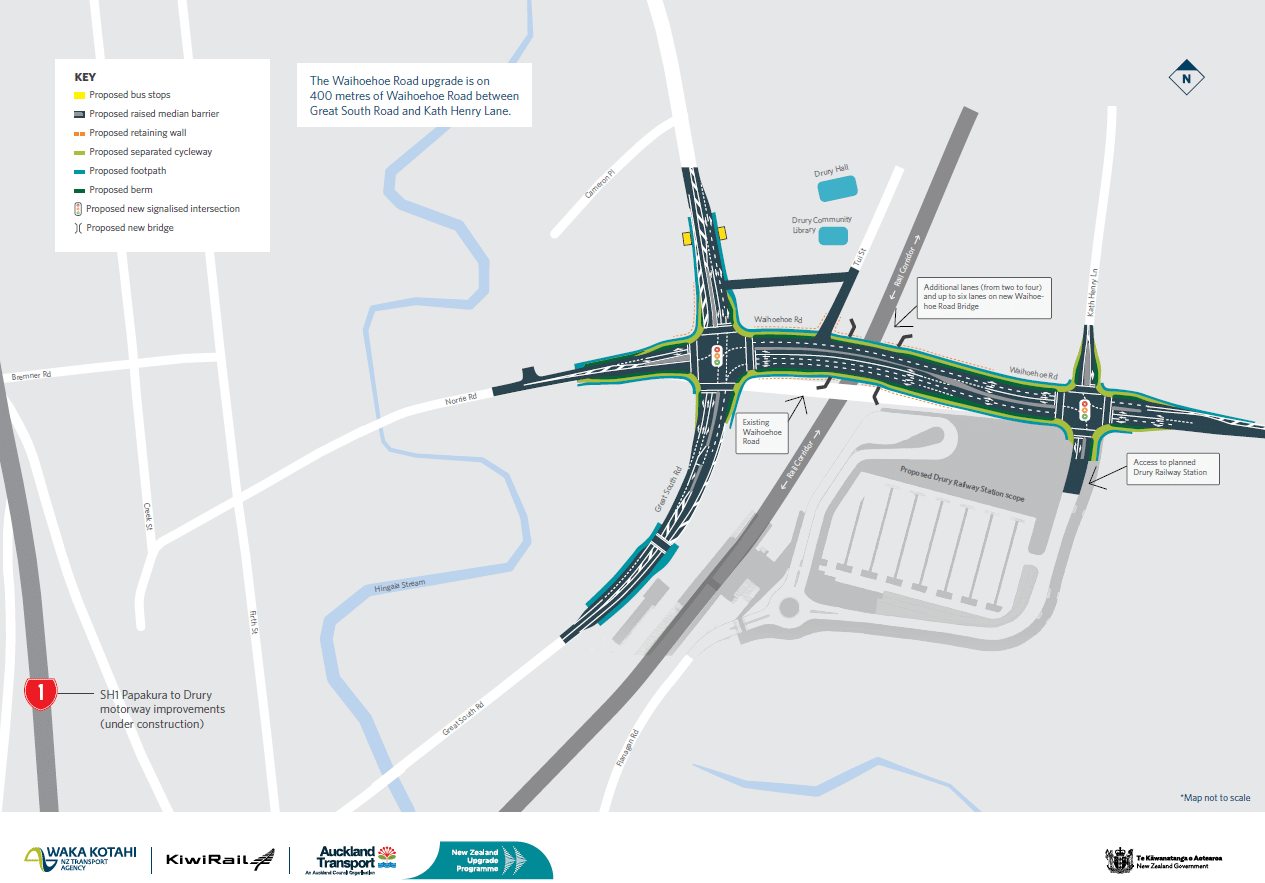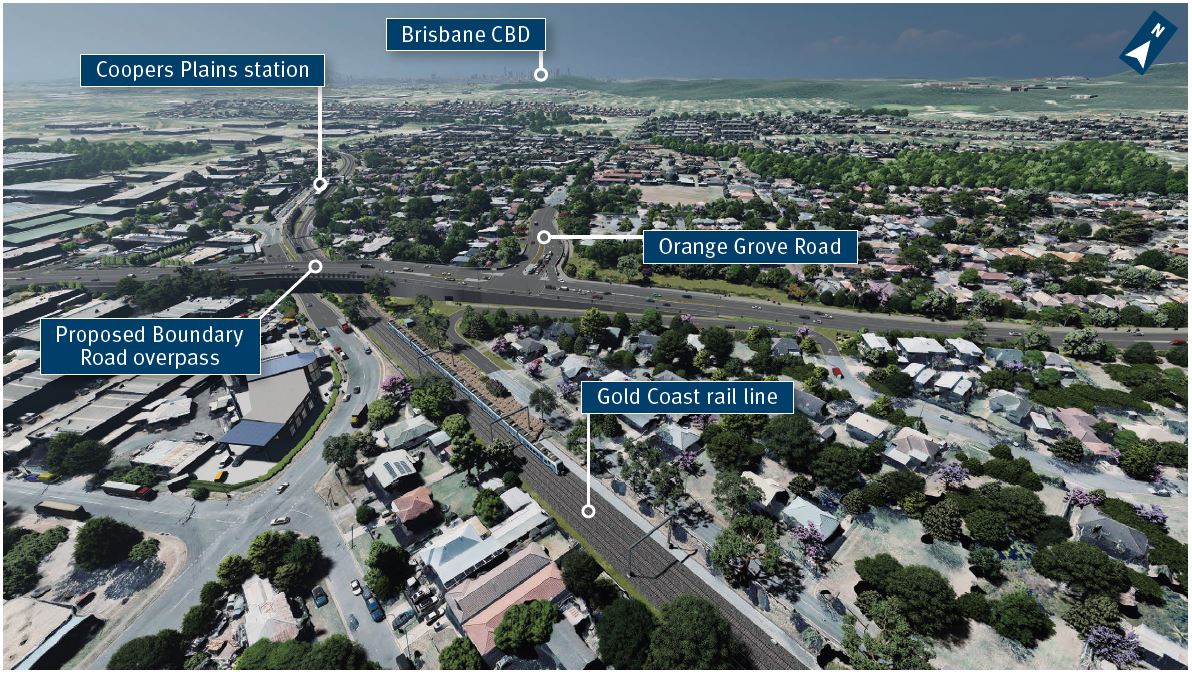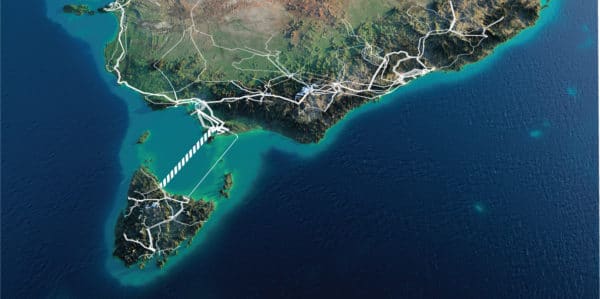Description:
The Monash Freeway is in Melbourne’s fast growing south east and outer south east region, carrying over 470,000 trips per day. Works being undertaken by CPB for Stage 2 include the addition of 36 kms of new lanes on the Monash Freeway and Princes Freeways, between Warrigal Rd and EastLink outbound, EastLink to Springvale inbound and Clyde Rd to Cardinia Rd, in both directions.
Project scope also includes:
- Connecting Police Road to the freeway with an outbound on-ramp
- Connecting the Jacksons Road outbound ramps directly to Eastlink with a separate road
- Adding two extra lanes in each direction on O’Shea Road between Clyde Road and Soldiers Road
- Upgrading the Beaconsfield Interchange – extending O’Shea Road so it joins the interchange, adding an inbound freeway off-ramp and an outbound freeway on-ramp
- Building shared walking and cycling paths on O’Shea Road between Clyde Road and the Beaconsfield Interchange.
Rating Highlights
| Category | Credits | Achievements/Risks |
| Management Systems | Man-6 | The Project achieved a verified level of 3 with a score of 1.70.
The Project utilised the following initiatives to highlight and encourage sustainability knowledge sharing within the organisation and across the industry:
|
| Ecology | Eco-1 | The Project achieved a verified level of 3 with a score of 5.68.
The Project has met and exceeded Habitat Compensation Obligations by securing the following offsets: 26.690ha for Southern Brown Bandicoot and 11.013ha for the Growling Grass Frog. The Project has also prioritised avoiding negative ecological value impacts during construction by establishing site-specific risk assessments and reducing native vegetation clearing within the project area. |
| Stakeholder Participation | Sta-2 | The Project achieved a verified level of 3 with a score of 1.42.
The Project has demonstrated engagement with the “collaborate” level of the IAP2 Spectrum to update the local road design, future proof shopping centre access, extend the permanent noise wall and improve property privacy. The Project has also worked with stakeholders by identifying and communicating non-negotiable issues such as traffic access to a private hotel business. |
Verified Innovations
| Name | Verification Date | Project Publication sign off | Innovation Type | Description & Sustainability Benefits |
| Hydro Demolition Water Recycling | 26/10/23 | ☒ | Innovative Technology or Process
Australian First |
The Project received 3 points for this innovation.
Aqua Prep has been engaged to undertake hydro-demolition works and concrete cutting using water treatment and recycling technology that reuses 100% of non-potable water. Without recycling, contaminated water would need to be carted offsite to be dealt with as per EPA Waste Regulations and the Hydro-Demo Truck would need to drawdown new potable water each day. Recycling in-situ eliminates both the need refill with potable water each day, as well as impacts associated with carting and processing contaminated water offsite. |
| ISupply | 26/10/23 | ☒ | Innovation Challenge (IC-8) | The Project received 0.75 points for engaging with the following suppliers and services on the ISupply directory:
|
| Humes Carbon Neutral Precast Concrete Barriers | 26/10/23 | ☒ | Innovative Technology or Process
Australian First (awarded under 12-month ruling) |
The Project received 3 points for this innovation.
The Project has claimed an Australian First for the use of carbon-neutral concrete for infrastructure projects. As a result, the extensive use of pre-cast concrete barriers has contributed to the associated carbon emission reductions via Humes. |
| GuardDog Drain Filter | 26/10/23 | ☒ | Innovative Technology or Process
Australian First |
The Project received 3 points for this innovation.
The Project has claimed an Australian First for the use of the GuardDog Drain Filter. This low-profile and rapidly installed water filter has demonstrated better environmental control and maintenance and transport requirements compared to conventional methods. |

